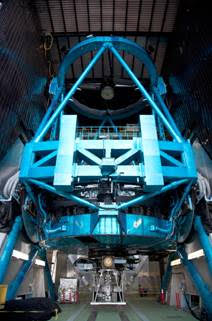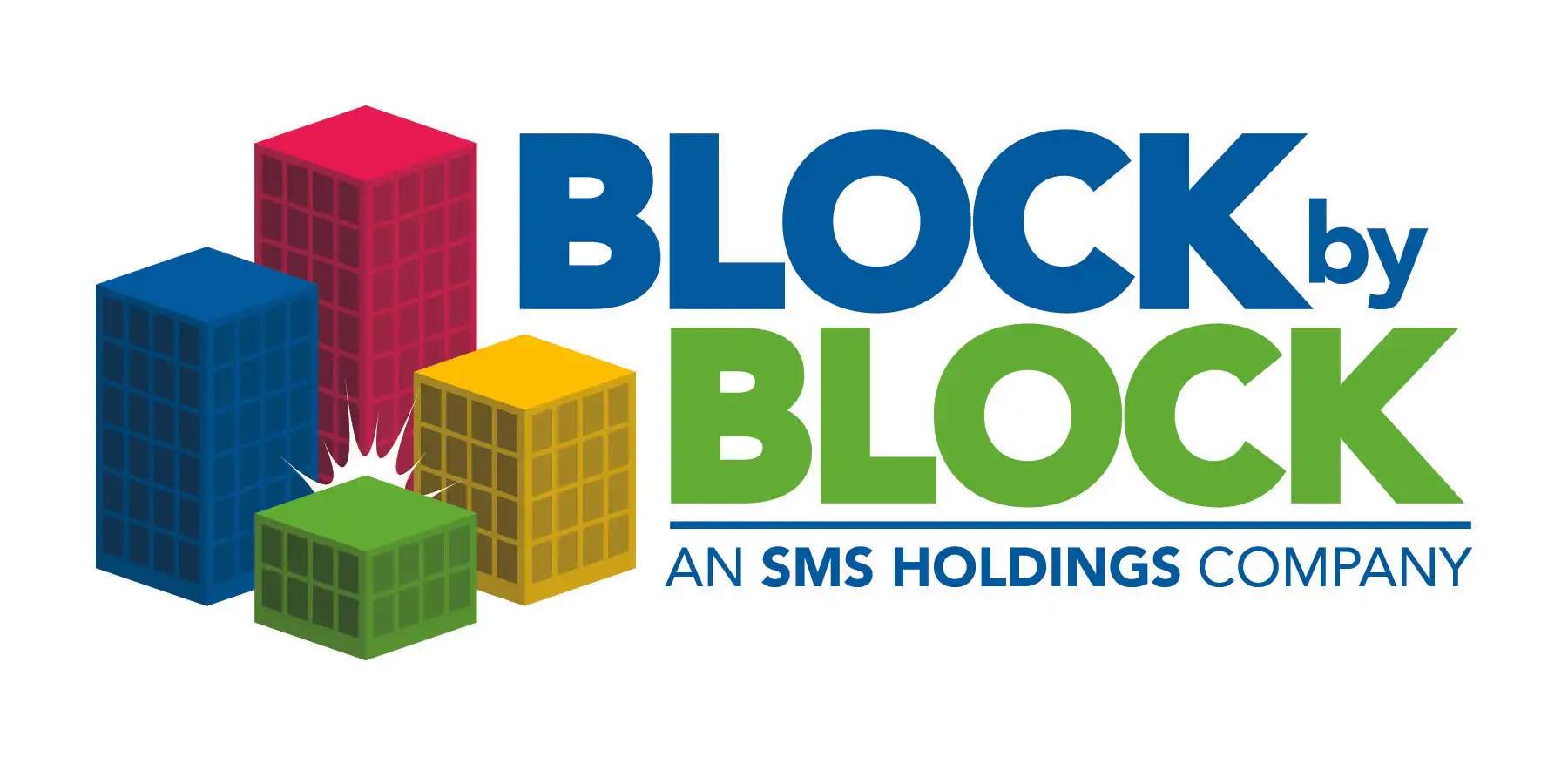‘Imiloa Astronomy Center Talk on Origin of Gold
Gold is one of the most coveted and valuable natural materials in the world, but where does it come from and how was originally it formed? It may be a surprise, but scientists are still searching for the definite answer to this question.
Learn more about this valued stone and the science behind it at ‘Imiloa Astronomy Center’s next Maunakea Skies talk—”The Search for the Origin of Gold”—on Friday, June 16, at 7 p.m. with Dr. Michitoshi Yoshida, director of Maunakea’s Subaru Telescope.
Scientists have discovered how most natural materials on Earth were originally created. The majority of lighter chemical elements in the universe were synthesized by fusion reactions inside of stars. Heavier elements such as silver, mercury and titanium are formed by a “neutron capture” reaction. This reaction has two processes: slow capture process (s-process), which can form mercury, titanium and lead atoms; and rapid capture process (r-process) which forms atoms of gold and platinum. The site of s-process is well known as the central regions of dying stars. However the site of the r-process, the creation of gold, has not yet been identified. In other words, we don’t know the birthplace of gold, and scientists are on the hunt to discover it.
One candidate for the creation of gold is in the process of merging neutron stars, which are extremely dense remnants of massive stars. When two neutron stars merge, a giant explosion occurs and the neutron-rich environment in the explosion would drive the r-process to synthesize gold. Such an event has yet to be observed, so the search for the creation of gold continues. Using state of the art gravitational wave detectors, many astronomers and physicists are now searching for the birthplace of gold by implementing multi-wavelength electromagnetic observations of these gravitational waves. Dr. Yoshida will introduce these trials, including some attempts made with the Subaru Telescope that resides on Maunakea.
Dr. Yoshida was born and raised in Kyoto, Japan. He received his Ph.D. from Kyoto University, and his career as a professional astronomer began at Okayama Astrophysical Observatory (OAO), which is a branch of National Astronomical Observatory of Japan (NAOJ).
In 1995, he came to Hilo in support of the initial construction of the Subaru Telescope, also a branch of NAOJ.
After the construction, he returned back to OAO and became its director.
He was also named Director of the Hiroshima University from 2010 to 2017 until recently being appointed director of Subaru Telescope in April 2017.
Dr. Yoshida’s main research field is optical-infrared observational astronomy of galaxies and high-energy transient objects. He has recently gained interest in gravitational waves and its relation to astronomical phenomena.
Hosted by Planetarium Technician Emily Peavy, ‘Imiloa’s monthly Maunakea Skies program includes observational highlights of the current night sky over Hawai‘i, with the audience able to view prominent constellations and stars visible during this time of year.
Maunakea Skies planetarium presentations are held on the third Friday of each month.
General admission tickets are $10, $8 for members (member-level discounts apply).
Pre-purchase tickets at ‘Imiloa’s front desk or by calling (808) 932-8901.
‘Imiloa Astronomy Center is located at 600 ‘Imiloa Place in Hilo.
About ‘Imiloa Astronomy Center
The ‘Imiloa Astronomy Center of Hawai‘i is a world-class center for informal science education located on the University of Hawai‘i campus. Its centerpiece is a 12,000-square-foot exhibit hall, showcasing astronomy and Hawaiian culture as parallel journeys of human exploration guided by the light of the stars. The visitor experience is amplified with programming using ‘Imiloa’s 3D full dome planetarium and 9 acres of native landscape gardens. The center welcomes approximately 100,000 visitors each year, including 10,000+ schoolchildren on guided field trips and other educational programs. ‘Imiloa is located at 600 ‘Imiloa Place in Hilo, off of Komohana and Nowelo Streets at the UH Hilo Science and Technology Park. For more information, visit www.ImiloaHawaii.org or call (808) 932-8901.














